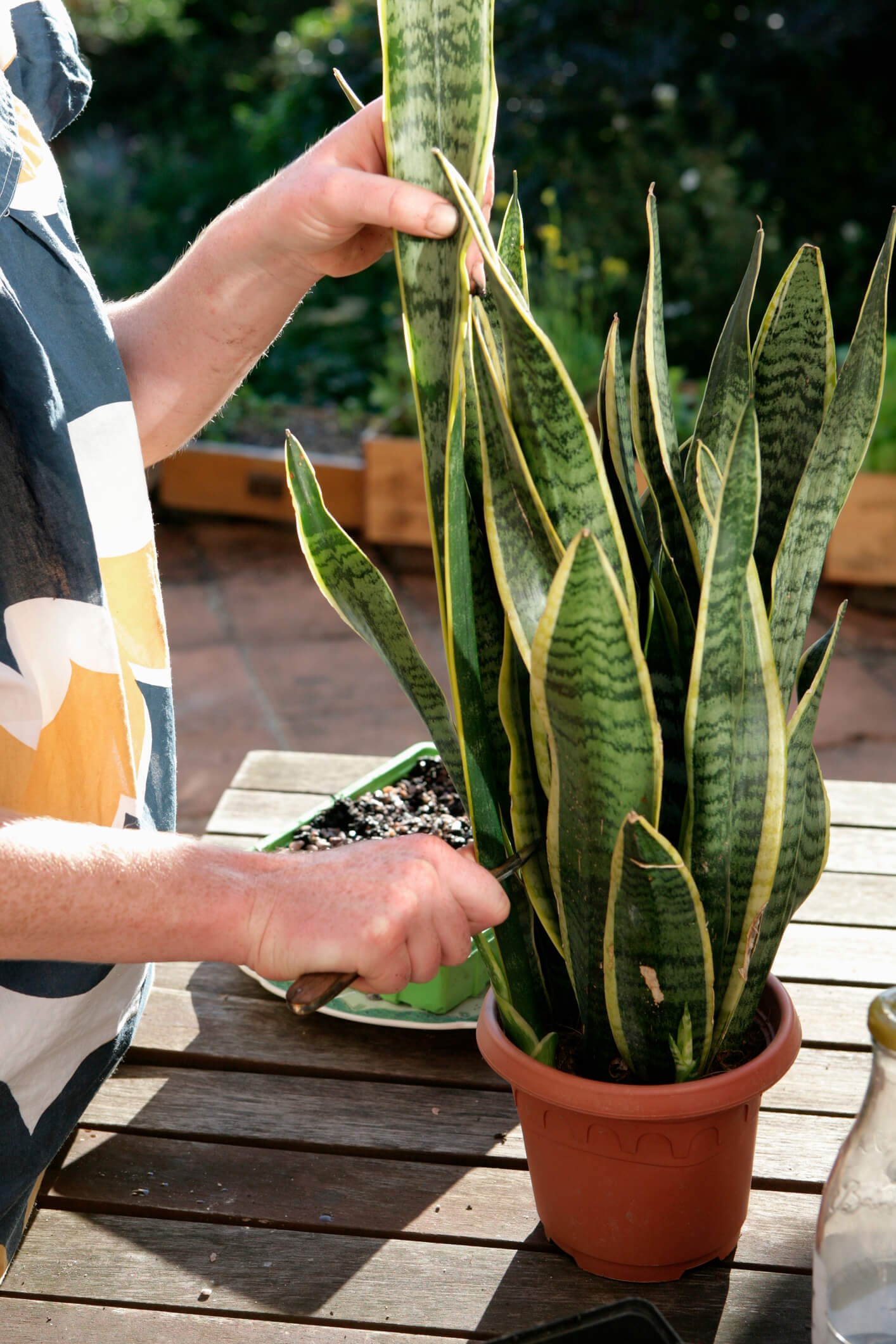
Source www.bhg.com.au
Welcome to our comprehensive guide on snake plant care indoors! Whether you are a beginner or experienced plant enthusiast, this article will provide you with all the information you need to successfully care for your snake plant. Snake plants, also known as Sansevieria or mother-in-law’s tongue, are popular indoor plants due to their low-maintenance nature and air-purifying qualities. In this article, we will cover various aspects of snake plant care, including lighting requirements, watering tips, common issues, and more.
First, let’s discuss the lighting requirements for snake plants. These plants thrive in a wide range of light conditions, making them suitable for various indoor spaces. While they can tolerate low light, they prefer bright, indirect light. Placing your snake plant near a window with filtered sunlight or in a room with bright, indirect light is ideal. Avoid exposing your snake plant to direct sunlight for extended periods as it may lead to leaf burn.
The Importance of Watering
Proper Watering Techniques
When it comes to watering your snake plant, it is essential to find the right balance. Overwatering can lead to root rot and other issues, while underwatering can cause the plant to wilt and become unhealthy. Snake plants have low water requirements and are highly drought-tolerant, making them suitable for busy individuals or those prone to forgetfulness.
A general rule of thumb is to allow the soil to dry out completely between waterings. Check the moisture level by inserting your finger about an inch into the soil. If it feels dry, it’s time to water your plant. Be cautious not to let the plant sit in water for prolonged periods as it can lead to root rot. Ensure the pot has drainage holes to allow excess water to escape.
Watering Frequency
The frequency of watering your snake plant depends on various factors such as environmental conditions, pot size, and the type of potting mix used. In most cases, watering once every 2-3 weeks is sufficient. During the winter months when the plant is in a dormant state, reduce the watering frequency to once a month or when the soil becomes dry.
Remember, it is always better to underwater than overwater your snake plant. These plants are more likely to survive in dry conditions rather than in excessively moist soil.
Optimal Temperature and Humidity
Temperature Requirements
Snake plants are native to West Africa, where they are exposed to a wide temperature range. They can tolerate temperatures as low as 50°F (10°C) and as high as 85°F (29°C). However, they prefer temperatures between 70°F (21°C) and 90°F (32°C). It is important to keep your snake plant away from drafts and extreme temperature fluctuations.
During the winter months, it is advisable to maintain a temperature range between 50°F (10°C) and 70°F (21°C). Avoid placing the plant near cold windows or heating vents that can subject it to sudden temperature changes.
Humidity Levels
Snake plants are adaptable when it comes to humidity levels. They can survive in both low and high humidity conditions, making them suitable for various indoor environments. Ideally, they prefer average room humidity, typically ranging from 40% to 60%. However, they can tolerate humidity as low as 20% and as high as 70%.
If the air in your home is excessively dry, you can increase humidity levels around your snake plant by using a humidifier or by placing a tray of water near the plant. Misting the leaves occasionally can also help provide some moisture.
Table Breakdown: Snake Plant Care Recommendations
Below is a detailed breakdown of snake plant care recommendations to help you ensure optimal conditions for your indoor plant:
| Aspect | Recommendation |
|---|---|
| Lighting | Bright, indirect light; avoid direct sunlight |
| Watering | Allow soil to dry out completely between waterings |
| Temperature | 70°F (21°C) to 90°F (32°C); avoid drafts |
| Humidity | 40% to 60%; can tolerate low and high humidity |
| Soil | Well-draining potting mix |
| Fertilization | Minimal requirements; feed sparingly during the growing season |
| Propagation | Dividing rhizomes or leaf cuttings |
| Pests | Generally pest-resistant, occasional issues with spider mites |
Frequently Asked Questions
Can I place my snake plant in direct sunlight?
No, direct sunlight can lead to leaf burn. Snake plants prefer bright, indirect light.
How often should I water my snake plant?
Water your snake plant once every 2-3 weeks, allowing the soil to dry out completely between waterings.
What type of potting mix should I use?
Snake plants require a well-draining potting mix. A mixture of peat moss, perlite, and sand or vermiculite works well.
Can I propagate my snake plant?
Yes, snake plants can be propagated through division of rhizomes or leaf cuttings. Both methods are relatively easy and yield successful results.
What are common pests that affect snake plants?
Snake plants are generally pest-resistant. However, occasional issues with spider mites can occur. Regularly inspect your plant for any signs of pests and treat them promptly if necessary.
Conclusion
Now that you have all the necessary information on snake plant care indoors, you can confidently provide your snake plant with the ideal growing conditions it requires. Remember to consider factors such as lighting, watering, temperature, and humidity to ensure your snake plant thrives. By following these care tips, you can enjoy the beauty and air-purifying benefits of snake plants in your home or office.